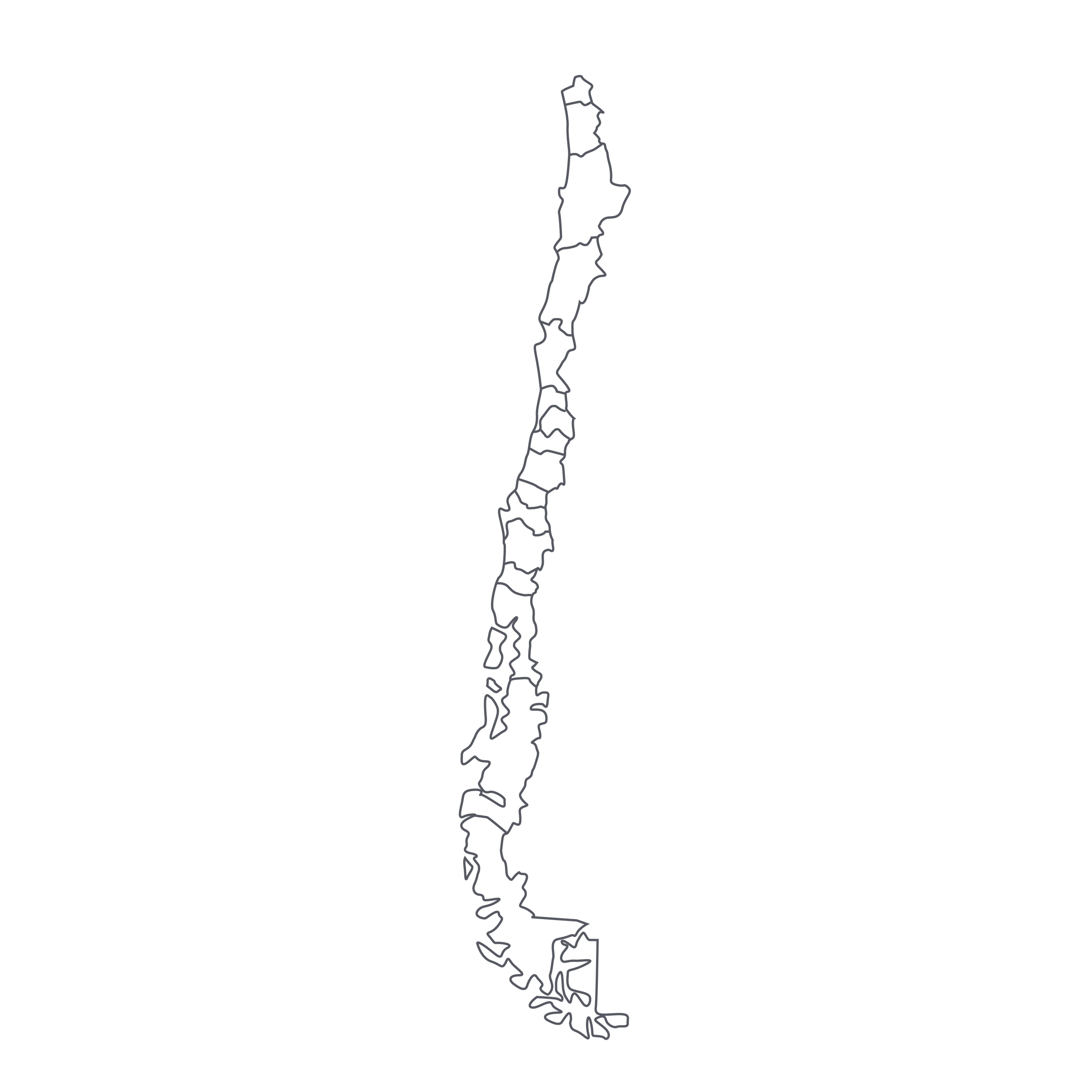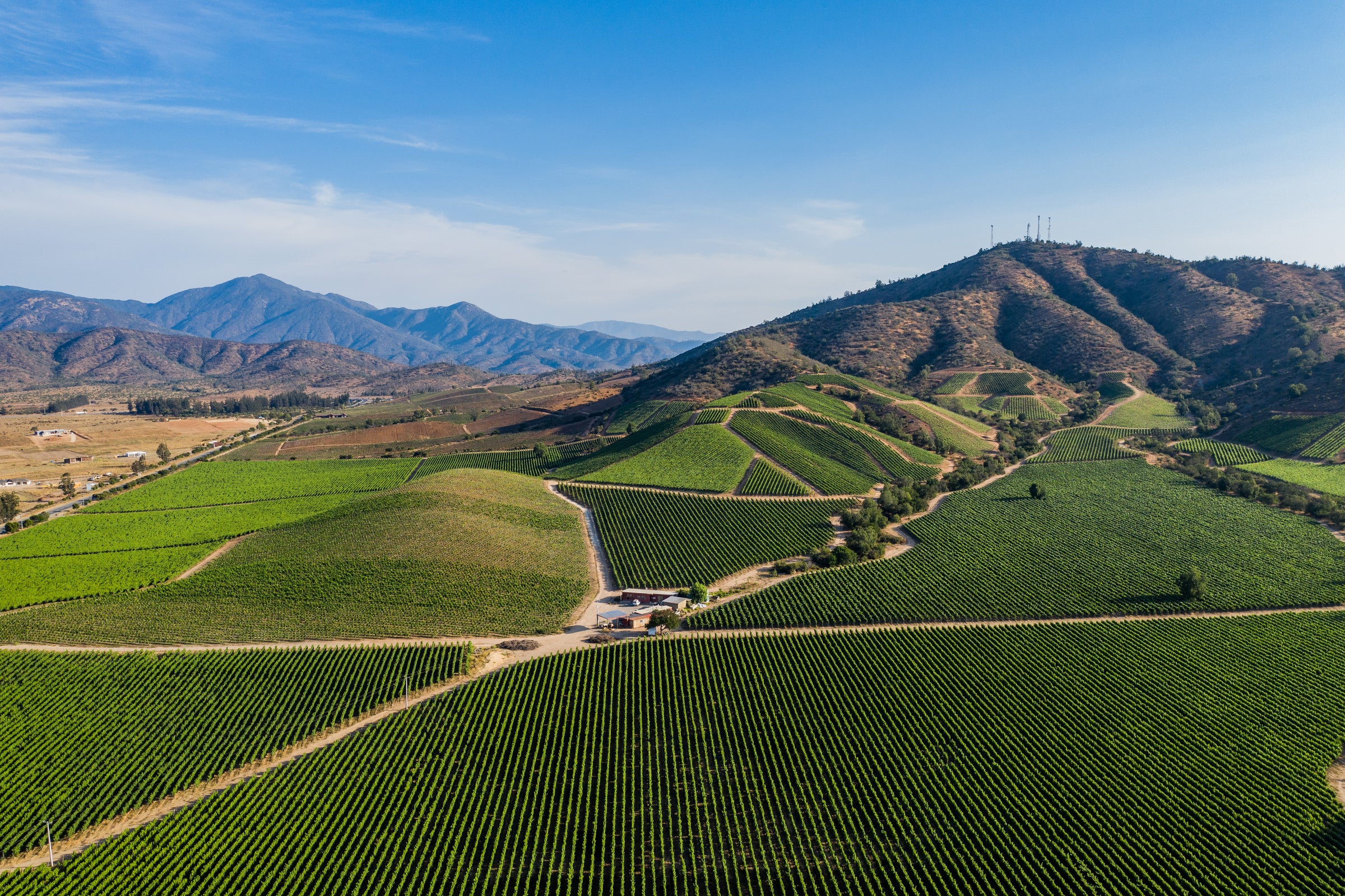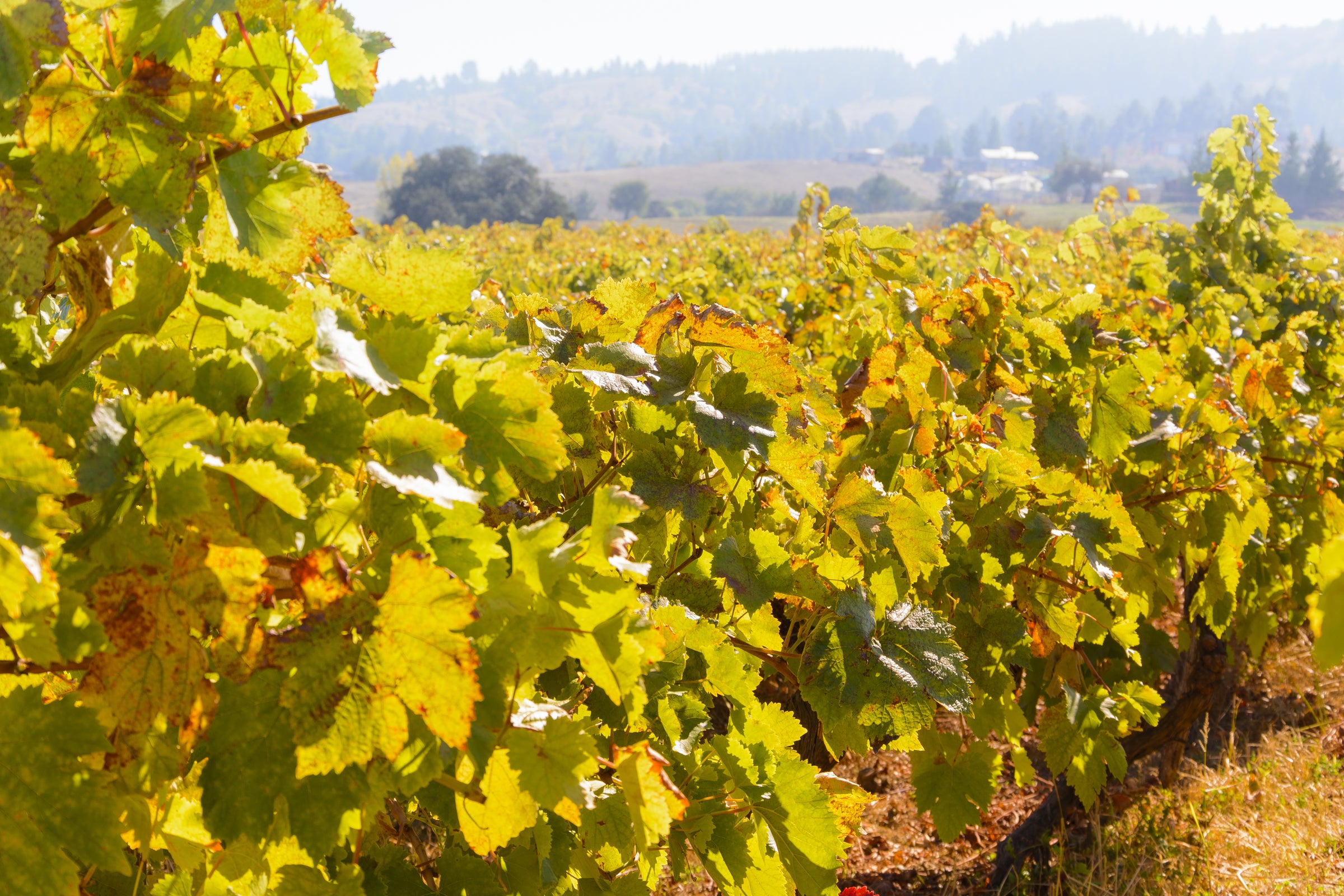Today’s wine may look familiar, but don’t be deceived. The story behind this extremely limited, first-time-in-the-US red is one of the most fascinating ever shared on SommSelect. It’s an exceptional wine that convincingly channels Cru Beaujolais, the Jura, and some of my favorite Mediterranean reds.
I’m confident that if today’s 2017 “Coronel del Maule” came in a stylish, wax-capped Burgundy bottle bearing a recognized French appellation, it would have a fanatical following and cost twice as much. Instead, it comes in an oversized 1-liter bottle with a hand-drawn label—and costs just $23! Granted, it’s hard to argue with 33 percent more great wine at this low price, but today’s offer is not about bargain pricing. It’s about the incredible story of a man who’s spent his entire life on a remote, 3,150-foot-elevation farmstead, tending 250-350-year-old vines, all to produce a painstakingly small amount of gorgeous wine. So, I encourage you to ignore its casual appearance and any unfavorable preconceptions you harbor about Chilean wine. This singular red deserves to be savored on its own merits.
I imagine that the label on today’s wine will look familiar to some of you. “In-the-know” wine enthusiasts may recognize it as a wine from celebrated natural winemaker Louis-Antoine Luyt—but in today’s instance, they would be wrong. Luyt formerly bottled his own rustic, sulfite-free wines under this same label, but as of 2017, he is exclusively using the name “Pipeño” to showcase other, less-recognized producers in Chile. In effect, the Pipeño label has become an “incubator” that offers logistical support and global relationships to a short list of indigenous Chilean vignerons who produce outstanding wine from their own vines, but lack the resources to properly market and export it. In a lineup featuring eight Pipeño wines from distinct Chilean producers, plus an impressive nine-bottle spread of Luyt’s own wines, today’s 2017 “Coronel del Maule” from farmer-winemaker Don Sergio Perez was our overwhelming favorite. This is where today’s offer gets exciting!
Believe it or not, the man who single-handedly created this wine, Don Sergio Perez, is 84 years old. In 1933, Perez was born in the tiny village of Coronel del Maule, five hours south of the capital, Santiago. This rural farming community is situated on a 3,150-foot slope in Chile’s Cauquenes province. In short, this is not a name-brand, global destination for red wine.
Sadly, Perez’ father unexpectedly passed away when he was young, so at the wise age of 12, Don Sergio assumed responsibility for his family’s small farmstead. In addition to the microscopic 1.5-hectare vineyard that produces today’s hauntingly aromatic wine, Perez feeds and supports himself by raising chickens and farming small plots of vegetables, grains, and legumes. Still, what fascinates me most is Don Sergio’s jaw-dropping 72 consecutive vintages in this same vineyard. That has to be a record. Keep in mind that most “veteran” winemakers in the US and Europe begin in their twenties and retire in their sixties. So, suffice it to say that Don Sergio employs a unique—and extremely specific—depth of experience in producing today’s single-vineyard wine.
By the way, did I mention that the “young” section of Sergio’s vineyard is 250 years old, and that many of his vines were planted well in excess of 300 years ago? Thick, gnarled, dry-farmed, and completely un-trellised, they more closely resemble ancient oak trees than the comparatively dainty vines one sees near my house in Napa. The apparent immortality of these ancient vines can be attributed to two things. First, owing to its geographical remoteness and natural protection from the Andes, Chile was never introduced to the scourge of phylloxera that destroyed the vast majority of this planet’s greatest old vines in the 1900s. Also, Don Sergio farms the País grape. Also known as Listan Prieto in Spain and Mission in California. This is one of the planet’s oldest and most genetically pure grape varieties. Originally introduced around the globe for use in the production of sacramental wine, País possesses extraordinary disease resistance and is proven to express distinct terroir and outstanding wine in a variety of settings. When planted for centuries in the granite- and iron-rich soils of Perez’ small, high-elevation pastures, the result is a vivid expression of history and place.
These centuries-old vines infuse the 2017 “Coronel del Maule” with a palpable minerality and depth. The transparent, pale strawberry hue resembles a red from France’s Jura region. And while this wine appears to have been carefully filtered and fined, Don Sergio did neither. I guess after 72 years, he has developed the perfect approach for his rudimentary cellar. The purity of this wine’s bright red fruit and savory, dried-flower aromatics also recall the Jura, but on the palate, one finds light tannins and thirst-quenching freshness not unlike that of top Cru Beaujolais. Still, there’s something else—I’ve not been to Coronel del Maule, but this wine tells me the village is a good bit warmer than the aforementioned French regions. There’s a subtle, roasted meatiness here that channels southern France’s Saint-Chinian and also my favorite of Spain’s Canary Island reds. Altogether, it’s memorable and thought-provoking wine. If enjoying this bottle today, please decant for 30 minutes before serving in standard Burgundy stems alongside a rustic winter braise. This wine shows well after multiple days open, but if you’re dining with friends, you will quickly empty this 1-liter bottle—and why not? It offers remarkable quality, history, and genuine terroir for $23. This isn’t necessarily a wine built for decades in your cellar, but there is very little available and I know you’ll appreciate having a few bottles to share with friends over the next year, or two. Cheers!




